Read the information, listen and learn words and expressions about cities of Canada and about national symbols.
(Читай, слухай та вчи слова про канадські міста та національні символи!)
- Cities
Montreal is the most populous city in the Canadian province of Quebec and the second-most populous city in Canada. Originally founded in 1642 as Ville-Marie, or "City of Mary", it is named after Mount Royal, the triple-peaked hill in the heart of the city. The city is centred on the Island of Montreal, which got its name from the same origin as the city.
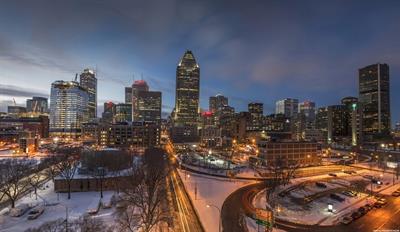
Montreal — [ˌmʌntriˈɔːl] — Монреаль
Quebec City is the capital city of the Canadian province of Quebec and one of the largest cities in Canada. It is located in the southeastern part of Canada. The Algonquian people had originally named the area Kébec ("where the river narrows") because the Saint Lawrence River narrows here. Explorer Samuel de Champlain founded a French settlement here in 1608, and adopted the Algonquin name. Quebec City is one of the oldest European cities in North America.

Quebec — [kwɪˈbɛk] — Квебек
Toronto is the provincial capital of Ontario and the most populous city in Canada. It is situated in the southeastern part of Canada at the Lake of Ontario. It was founded as the town of York in 1793, but in 1834 it was renamed as the city of Toronto.
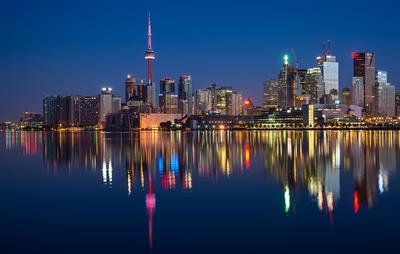
Toronto — [təˈrɒn.təʊ] — Торонто
- The CN Tower
The CN Tower is a 553.3 m-high concrete communications and observation tower located in Downtown Toronto, Ontario. It was completed in 1976 and it was the tallest free-standing structure. Its name "CN" originally referred to Canadian National, the railway company that built the tower. The CN Tower held the record for the world's tallest free-standing structure for 32 years until 2007 when it was surpassed by the Burj Khalifa, in Dubai, and was the world's tallest tower until 2009 when it was surpassed by the Canton Tower in China. The Cn Tower is now the ninth tallest free-standing structure in the world. In 1995, it was declared one of the modern Seven Wonders of the World by the American Society of Civil Engineers. It was built as a large TV and radio communication platform to serve the Toronto area.
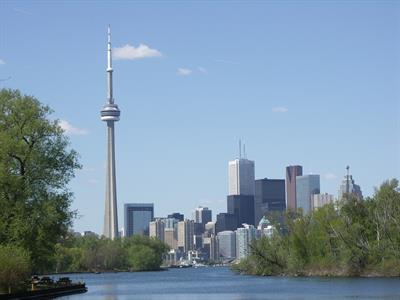
the CN Tower — [ˌsiː.enˈtaʊər] — Сі-Ен-Тауер
- Maple
It is a large tree. The maples have easily recognizable palmate leaves and distinctive winged fruits. The maple is official symbol of Canada since 1996. But a maple leaf is known as the symbol of Canada since 1700s.
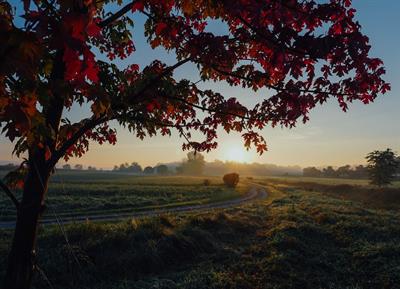
maple — [ˈmeɪ.pəl] — клен
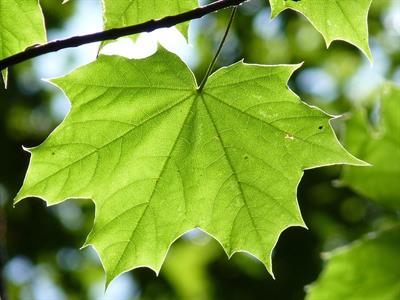
maple leaf — [ˈmeɪ.pəlˌliːf] — кленовий листок
- Beaver
It is an animal with smooth fur, sharp teeth, and a large, flat tail. Beavers build dams, walls of sticks and earth, across rivers. The beaver is the national animal of Canada since 1975.
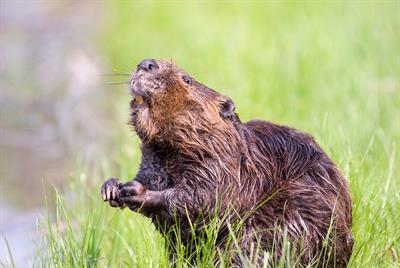
beaver — [ˈbiː.vər] — бобер
- Royal Canadian Mounted Police
The Royal Canadian Mounted Police (colloquially known as the "Mounties") is the federal and national police service of Canada. It was formed in 1873 by Prime Minister Sir John A. Macdonald to patrol the North-West Territories. It is recognized as a national symbol of Canada de facto from 1920.
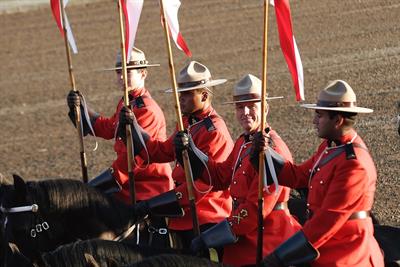
Royal Canadian Mounted Police — [ˈrɔɪ.əl kəˈneɪ.di.ən ˈmaʊn.tɪd ˌpəˈliːs] — Королівська канадська кінна поліція
informal Mounties — [ˈmaʊn.tiz] — Канадська поліція (горці)
- Sports
Canada has hosted the Olympic games three times: the 1976 Summer Olympics in Montreal, the 1988 Winter Olympics in Calgary, and the 2010 Winter Olympics in Vancouver.
There are more than 2,800 hockey rinks in Canada. However, almost twice as many kids under 14 years play soccer than hockey. Ice-Hockey is still the second most practised sport in Canada for all over 15 years of age. Ice hockey comes after golf, but before soccer!
But the Canadian national game is Lacrosse. It is a game played by two teams in which the players each use a long stick with a net at the end to catch, carry, and throw a small ball, and try to get the ball in the other team's goal.
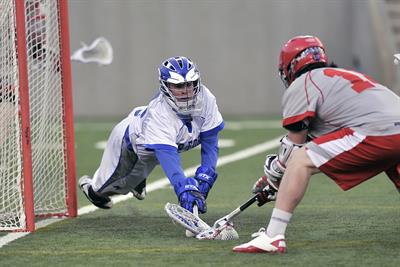
lacrosse — [ləˈkrɒs] — лакрос
Джерела:
https://www.canada.ca/en.html
https://www.kids-world-travel-guide.com/canada-facts-for-kids.html
